Description
Latin: Cercis canadensis
Zones: 4-9
Other common names: Redbud, Eastern redbud, Judas-tree
Mature Height: 25-35 ft. Redbud is a large shrub or small tree.
Soil / Climate: Redbud is native to eastern North America, full sun to light shade, likes a moist, well-drained, soil, but is adaptable to most soils that are not permanently wet.
Notes: lavender flowers in spring, leaves turn yellow in fall, The winter buds are tiny, rounded and dark red to chestnut in color. The flowers are showy appearing in clusters from March to May. Makes a good lawn tree for small residences. Works well in small groupings, near utility lines.
Wildlife: The seeds provide winter food for birds.Cardinals, northern bobwhite, ring-necked pheasants, rose-breasted grosbeaks and chickadees like the seeds. White-tailed deer and gray squirrels have been observed snacking on the seeds as well. Flowers of the tree are regarded as important in the production of honey by bees.
Cold Stream Farm supplies Redbud trees/shrubs which are grown as bare root seedlings and transplants and sold both wholesale and retail with no minimum order.
Additional information on Cercis canadensis can be found on the link: USDA / NRCS PLANTS Database.

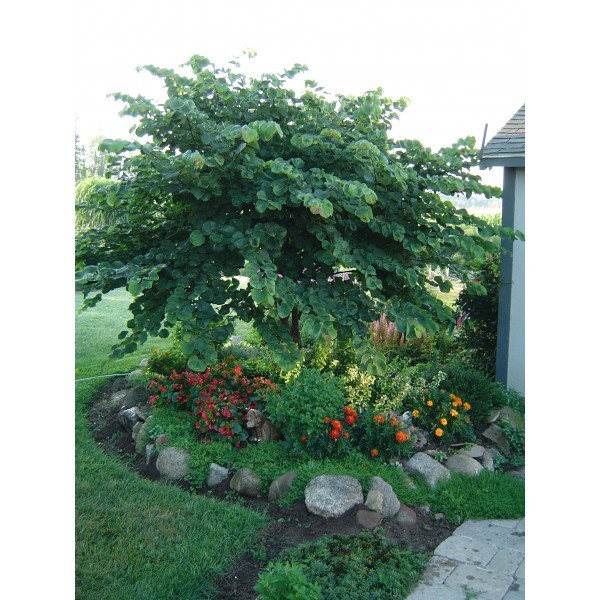
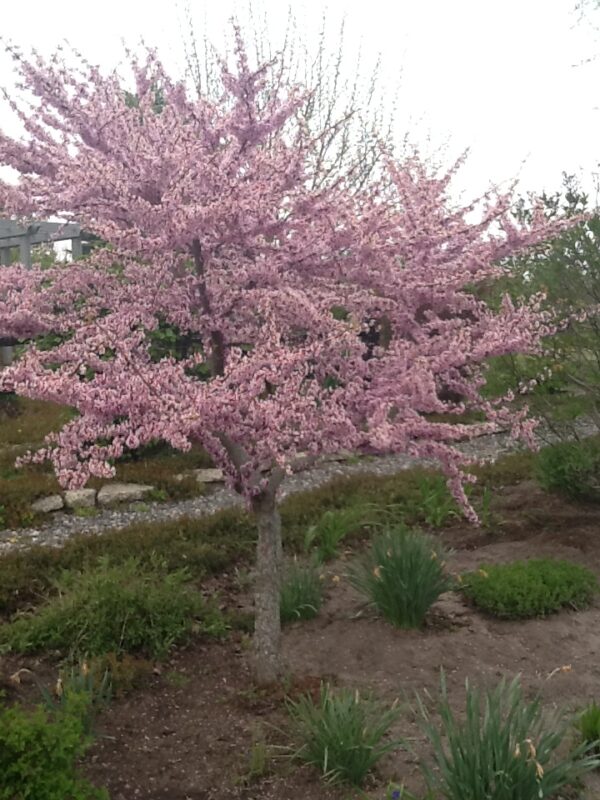
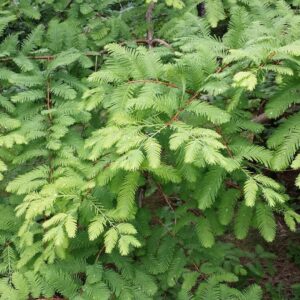
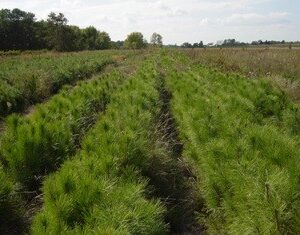
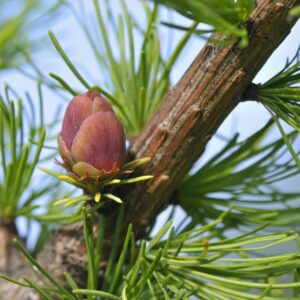
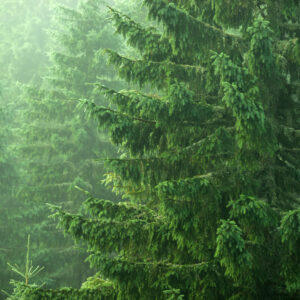
Reviews
There are no reviews yet.